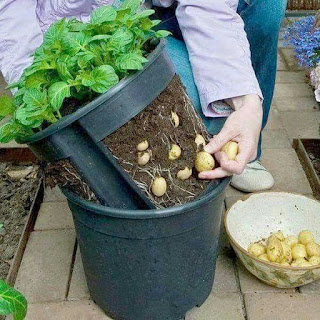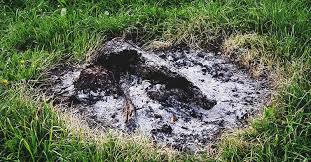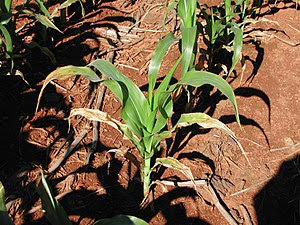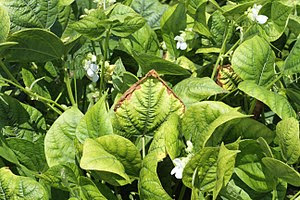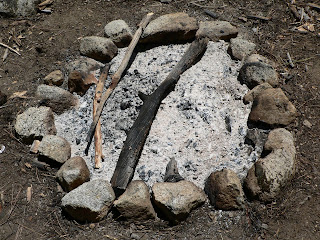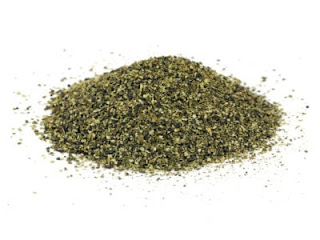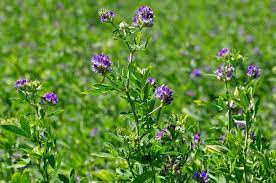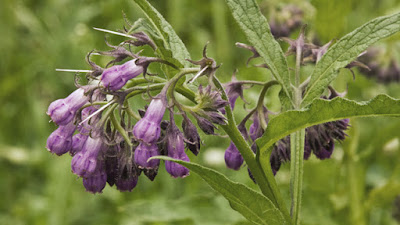Plant propagation is an extremely interesting process for gardeners, as it creates a lush thick look with more plants all free of cost. But, propagating plants successfully has been a challenge to gardeners till date. There are various factors that play a role in successful propagation of plants. But, choosing the right cutting is the most important thing when it comes to propagating plants from cuttings.
Here we will see about propagation of plants through hardwood cuttings. The in-depth process of plant propagation techniques using hardwood cuttings has been given here. Following these gardening techniques and gardening tips will lead to successful growth of new plants from plant cuttings.
Hardwood cuttings are even simpler to prepare than softwood or herbaceous cuttings, as we use cuttings from dormant deciduous trees and woody plants, and this technique is very useful for propagating fruit trees such as figs, pomegranates, mulberries and quince. Some plums can grow well from hardwood cuttings too, while other’s don’t do so well, it depends on the variety.
This technique is also used for propagating vines such as grapes and kiwi fruit, and the currant family – blackcurrants, redcurrants, golden currants and gooseberries.
Step by step process to propagate plants from hardwood cuttings.
Kind of stem cutting to be used for various types of plants:
When it comes to stem cuttings, there are are various types of stem cuttings, and for each plant, the kind of stem cutting that has to be chosen varies. The type of stem cuttings are to be decided based on whether it is a herb, shrub, tree or indoor plant. Also certain stem cuttings are easy to root and thus easy to propagate. Whereas certain stem cuttings such as semi hardwood plant cuttings and hardwood plant cuttings are quiet difficult to root and propagate. They also take a longer tie period to root.
Herbaceous cuttings are made from non-woody, herbaceous plants such as coleus, chrysanthemums, and dahlia. A 3- to 5-inch piece of stem is cut from the parent plant. The leaves on the lower one-third to one-half of the stem are removed. A high percentage of the cuttings root, and they do so quickly.
Softwood cuttings are prepared from soft, succulent, new growth of woody plants, just as it begins to harden (mature). Shoots are suitable for making softwood cuttings when they can be snapped easily when bent and when they still have a gradation of leaf size (oldest leaves are mature while newest leaves are still small). For most woody plants, this stage occurs in May, June, or July. The soft shoots are quite tender, and extra care must be taken to keep them from drying out. The extra effort pays off, because they root quickly.
Semi-hardwood cuttings are usually prepared from partially mature wood of the current season’s growth, just after a flush of growth. This type of cutting normally is made from mid-July to early fall. The wood is reasonably firm and the leaves of mature size. Many broadleaf evergreen shrubs and some conifers are propagated by this method.
Hardwood cuttings are taken from dormant, mature stems in late fall, winter, or early spring. Plants generally are fully dormant with no obvious signs of active growth. The wood is firm and does not bend easily. Hardwood cuttings are used most often for deciduous shrubs but can be used for many evergreens. Examples of plants propagated at the hardwood stage include forsythia, privet, fig, grape, and spirea.
Here is an in-depth information on which kind of stem cutting has to be taken for the most common plant varieties.







